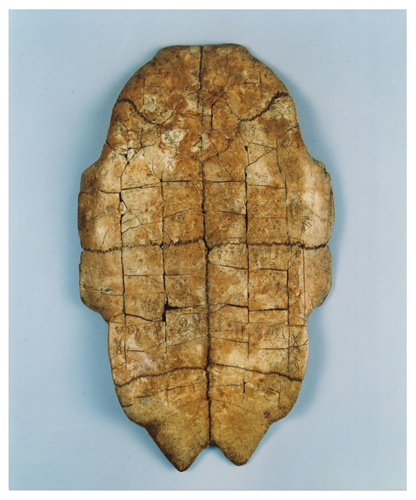

Liu has taken part in the last two of the three major archaeological discoveries related to oracle bones in China over the past decades.
In December 1972, a local farmer found a few pieces of oracle tortoise shells by the road while doing farm work in Xiaotun village in Anyang, and sought out Liu to identify them.
"The finding was an absolute fluke, and it was too cold to start the digging right away," Liu says.
In 1973 between March and August, and again between October and December, more than 3,000 bone specimens were excavated, among which more than 1,200 had inscriptions.
The other big archaeological find in which Liu took part was in 1991 in Huayuanzhuang village, not far from Xiaotun. There, 1,583 oracle bone specimens were excavated, 689 with inscriptions. Liu remembers the exact numbers.
"Unlike the ones found in 1973, which record mainly the activities of the emperor, the ones found in 1991 record the activities of the royal family," Liu says.
"The bones are key to studying the history of the Shang Dynasty (c.16th century-11th century BC).
"With the help of technical workers, we cleaned the bones, took pictures of every single piece, put together small specimens, replicated the shape of every bone and the inscriptions, made cards for each character and gave a serial number to the bone upon which it appears."
In the 1990s, most of the work was done manually.
"For archaeologists of oracle bones, patience and care are essential."